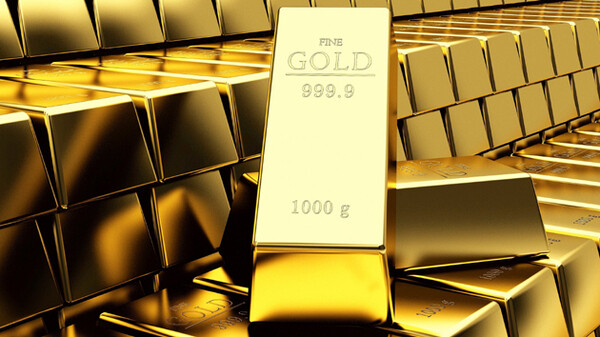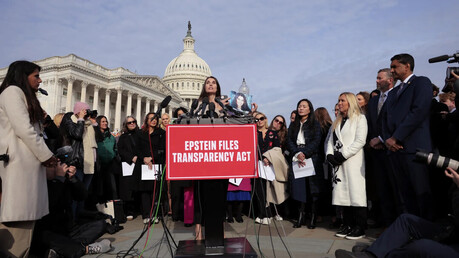
The Bank of Korea's (BOK) ranking in global gold reserves has fallen two places in the past year, from 36th to 38th.
This comes as international gold prices continue to rise and major central banks engage in a "gold rush," while the BOK has not purchased any additional gold since 2013.
According to a report by the World Gold Council, the BOK held 104.4 tons of gold as of the end of last year, ranking 38th among central banks worldwide.
When including international organizations such as the International Monetary Fund (IMF, 3rd) and the European Central Bank (ECB, 13th), the BOK's ranking falls to 40th.
The proportion of gold in South Korea's total foreign exchange reserves is only 2%, the lowest among the top 40 central banks.
The BOK has maintained a conservative stance on gold purchases.
After purchasing an additional 40 tons of gold in 2011, 30 tons in 2012, and 20 tons in 2013, the BOK has kept its total holdings at 104.4 tons for the past 11 years.
As a result, the BOK's gold reserve ranking has gradually declined from 32nd at the end of 2013 to 33rd at the end of 2018, 34th at the end of 2021, 36th at the end of 2022, and finally 38th last year.
The two-place drop in just one year is considered unusual.
This is due to Qatar (99.2→110.8t) and Hungary (94.5→110.0t), which were ranked 38th and 39th at the end of 2023, respectively, purchasing more than 10 tons of gold each.
In a blog post last April, the BOK analyzed that "the prevailing view is that gold prices are overvalued" and that "if speculative gold futures buying positions are liquidated in the future, there is room for it to act as a price decline factor."
However, international gold prices have continued to rise since then, reaching a record high of $2,845.14 per ounce on the day. This is more than double the price in 2013 when the BOK stopped buying.
Last year, major central banks actively bought gold.
The World Gold Council reported that "central banks have purchased more than 1,000 tons of gold for the third consecutive year," adding that "annual investment in 2023 was the highest in four years at 1,186 tons, and reached 333 tons in the fourth quarter alone."
At the end of last year, the United States had the largest gold reserves with 8,133.5 tons, followed by Germany (3,351.5 tons), Italy (2,451.8 tons), France (2,347.0 tons), and Russia (2,335.9 tons).
China's gold reserves were 2,279.6 tons, ranking sixth in the world. It purchased an additional 33.9 tons last year, narrowing the gap with Russia.
Poland purchased 89.5 tons, Turkey 74.8 tons, and India 72.6 tons, among others.
[Copyright (c) Global Economic Times. All Rights Reserved.]




























